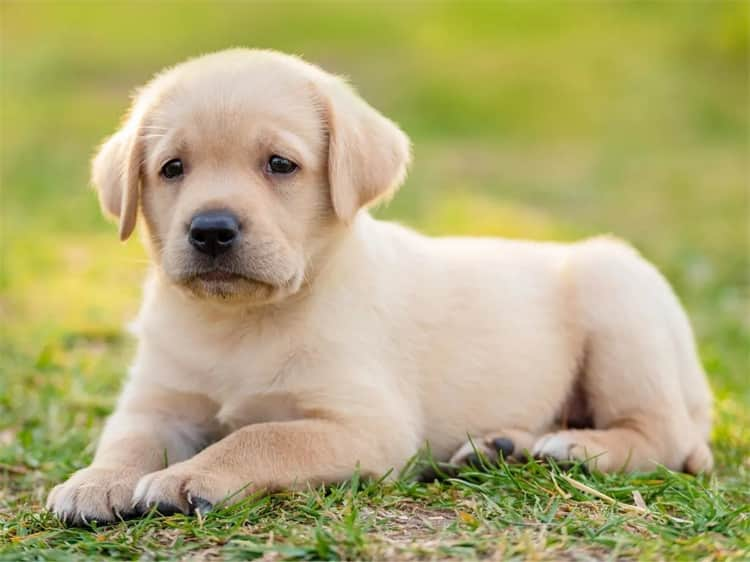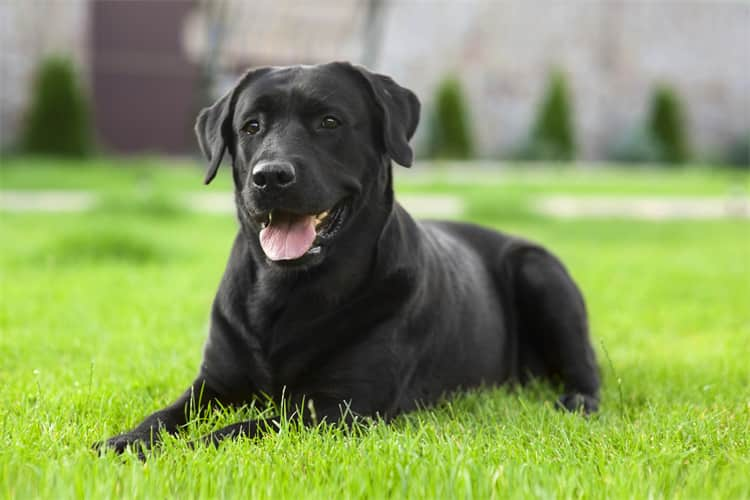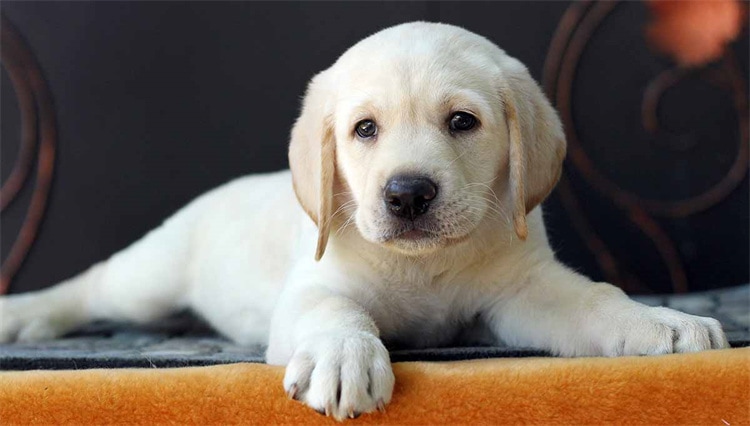Are labradors hypoallergenic
The remarkable traits and appealing features of the Labrador Retriever dog breed captivate many people. We often consider them to be really amazing dogs!
However, some people—especially those who have allergies to pets—cannot live with a dog in their house. More so than other dog breeds, certain breeds of dogs can worsen an individual’s allergy symptoms. As a result, if you’re unfamiliar with dogs, you may be thinking, “Are Labradors hypoallergenic?”
Are Labrador Retrievers Hypoallergenic?
It is not considered a hypoallergenic breed to own a labrador retriever. Actually, labs can shed a lot throughout the year! Family and working dogs of great popularity are Labrador Retrievers. Three approved coat colors are available: yellow, chocolate, and black.
However, the coats of all three colors will be thick, double-layered, and heavily shed. For owners who experience dog allergies, labradors are typically not a good fit. However, you may discover that certain labs cause your allergy symptoms to flare up less than others!
It’s crucial to remember that no dog breed is totally hypoallergenic. Nonetheless, other breeds, including the Afghan Hound and the American Hairless Terrier, are less likely to trigger human allergies.

You may take precautions to reduce the chance of a reaction if you or someone in your family has allergies. Your Labrador Retriever will lose less hair and dander if you give it regular grooming and baths. Furthermore, regular vacuuming and the use of air purifiers can aid in eliminating allergens from the air and surfaces in your house.
Despite the possibility that Labrador Retrievers are not hypoallergenic, precautions can be taken to reduce the likelihood of allergic responses. When selecting the ideal dog breed for you and your family, it’s critical to consider all aspects, including any allergies.
Labradors and allergies
In America, labrador retrievers are among the most well-liked dog breeds. They are not hypoallergenic dogs, though. Despite shedding less than other breeds, they nevertheless have allergens in their fur that might aggravate asthmatics or allergy sufferers.
Dog Allergy Triggers
Allergens are proteins that are present in the saliva, urine, and skin cells (dander) of dogs and are the source of dog allergies. An allergic reaction occurs when an individual with allergies comes into contact with these allergens because their immune system overreacts.

Dogs’ fur can also bring in other allergens, such dust, pollen, and mold spores, which can aggravate allergies in those who are sensitive to them.
Typical Signs of Allergies in Dogs
Dog allergies can cause mild to severe symptoms, depending on the individual. Typical symptoms include sneezing, runny nose, watery eyes, stuffy nose, coughing, pressure in the chest, and breathing difficulties.
It’s crucial to speak with a doctor or allergist to find the best course of action if you think you or anybody else in your home is allergic to dogs.

Labrador Retriever Shedding and Coat
Labrador Retrievers are not thought to be a hypoallergenic breed, and they can have year-round high shedding. Their thick, two-layered coat aids in their ability to withstand water and cold. Their undercoat is velvety and keeps them warm, and their outer coat is water-resistant and insulating.
All year round, labs shed a modest quantity of hair, but twice a year, during molting season, sometimes referred to as shedding season, the shedding becomes notably more intense. Labs shed their thick winter coats and grow thinner ones in the spring, which takes two to three weeks. They will shed a lot of hair during this time, so frequent grooming is crucial.

Do Black Labs Have Low Allergies? Are Chocolate Labs and Yellow Labs Hypoallergenic?
Neither black labs nor yellow or chocolate labs are hypoallergenic. All varieties of Labrador Retrievers would be included in the same group and not regarded as hypoallergenic dogs.
Whichever color Lab you are considering won’t matter in terms of the Lab’s non-hyperallergenic because color has no bearing on that.
Besides their non-hyperallergenic nature, Labradors are also recognized for their high hair loss. They typically lose a lot of their undercoat in the spring and fall due to their double coat.
Labradors likewise shed all year long, so owners frequently have to deal with their shedding.
How to Manage Labrador Shedding?
Labs tend to shed a lot. Thus, they might not be the greatest option for dog allergy sufferers. It is possible to stop allergens from spreading throughout your house, though. Above all, establishing and following a strict grooming and cleaning schedule!

Bathing
Labs are often a wash-when-needed breed. Giving your Labrador more regular baths can help reduce fur shedding, but be careful not to overdo it. Overdoing the dog washing can harm your Labrador’s coat by removing the natural oils that keep it lustrous and shield it from harsh weather conditions.
Brushing
Brushing is less troublesome and might strengthen your relationship with your lab! The majority of labs only require brushing once a week at most. However, you might want to increase this to as much as once a day if you’re trying to control their fur-shedding. To prevent fur and dander from falling into your house, brush them outside. Additionally, ask a family member to assist you out by brushing the dog so you don’t have to if you have severe allergies!

Don’t Let Your Dog Sleep on Beds, Furniture, or Car Seats
Keeping your Lab away from areas where humans sleep, rest, or spend a lot of time is another way to assist manage allergies and Labradors in your house.
These would include items like couches, mattresses, and other plush furnishings in your house as well as your car’s seats.
We understand that this could be difficult, particularly if your Labrador is spoiled and used to the coziest places in your house!
Should I Shave My Labrador?
Since lab hair does not contain the protein that triggers an allergic reaction, shaving a lab will not help you stop the transmission of allergies. As we already know, it is present in dog dander, perspiration, urine, and saliva.

Moreover, shaving your lab can cause a variety of issues. Your Labrador is shielded from harsh weather conditions, temperatures, and environmental factors by their coat. It is easy for them to become too hot or too cold without the protection of their fur. Playing outdoors makes them more likely to get sunburned and get minor wounds and scratches.
Medical interventions
Veterinary advice is essential for a Labrador’s allergies to be properly diagnosed and treated. The veterinarian might suggest corticosteroids or antihistamines as medications to control symptoms. To desensitize the dog to allergens, allergy injections could be advised in specific circumstances. It’s crucial to adhere to the veterinarian’s recommendations and alter treatment schedules as necessary.
Treating allergies in Labradors necessitates a long-term plan that combines routine cleaning and grooming, medication, and environmental management. It is feasible for those with allergies to live peacefully with their pet pals if they follow these guidelines.

Different Breeds That Are Hypoallergenic
Although they are not hypoallergenic, several other breeds of dogs are better suited for individuals with allergies, including Labrador Retrievers. Some substitute hypoallergenic breeds are as follows:
Labradoodles and Poodles
People with allergies are frequently advised to choose Poodles or Labradoodles because of their low-shedding coats. Poodles have curly hair that sheds little and are available in three different sizes: Standard, Miniature, and Toy. In addition to being a hybrid between a Poodle and a Labrador Retriever, Labradoodles feature low-shedding, curly coats.
Terriers Dog Breeds
Terriers’ wiry, low-shedding coats make them an excellent choice for allergy sufferers as well. Certain breeds like the Kerry Blue Terrier, Bedlington Terrier, and Bichon Frise have hypoallergenic coats and never shed.

Dog Breeds Without Hair
Due to their lack of shedding, hairless breeds such as the Chinese Crested, American Hairless Terrier, and Peruvian Inca Orchid are also beneficial for allergy sufferers. Although these breeds need frequent brushing to maintain healthy skin, they are suitable for individuals with severe dog hair allergies.

Numerous dog breeds are more suitable for individuals with allergies, even though there are no totally hypoallergenic dog breeds. It’s critical to conduct the study and spend time with various breeds in order to choose the breed that will suit you the best.
Wrapping Up
It is not thought that Labrador Retrievers are hypoallergenic. They release a lot of dust and lose a lot of fur, which might cause allergy reactions in sensitive people. Living with a Labrador Retriever can lower the chance of an allergic reaction, though, with good care and grooming.
It’s crucial to understand that no dog can be completely hypoallergenic. When it comes to pet allergies, hypoallergenic dog breeds are better because they shed and create less dust than other dog types. People who are allergic, however, should still use caution if they plan to live with one of these pets.






